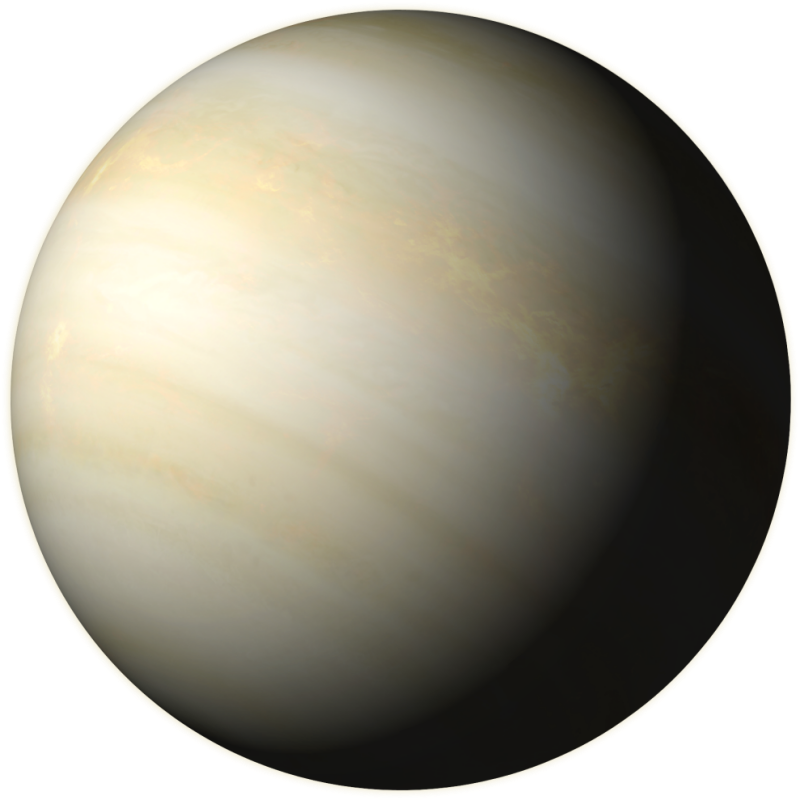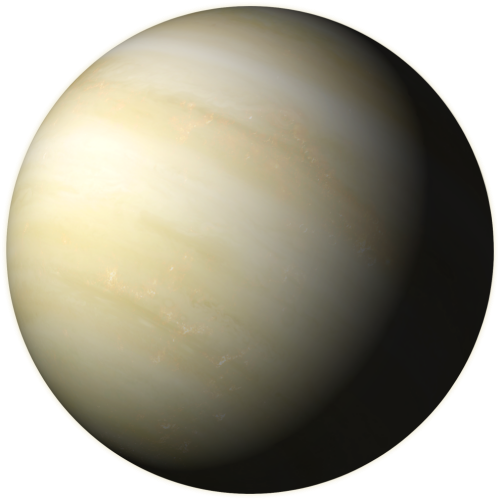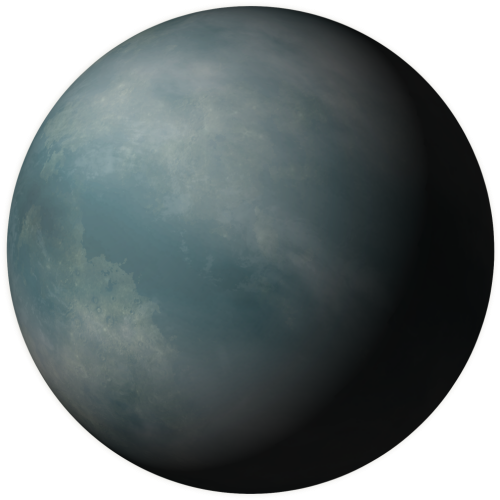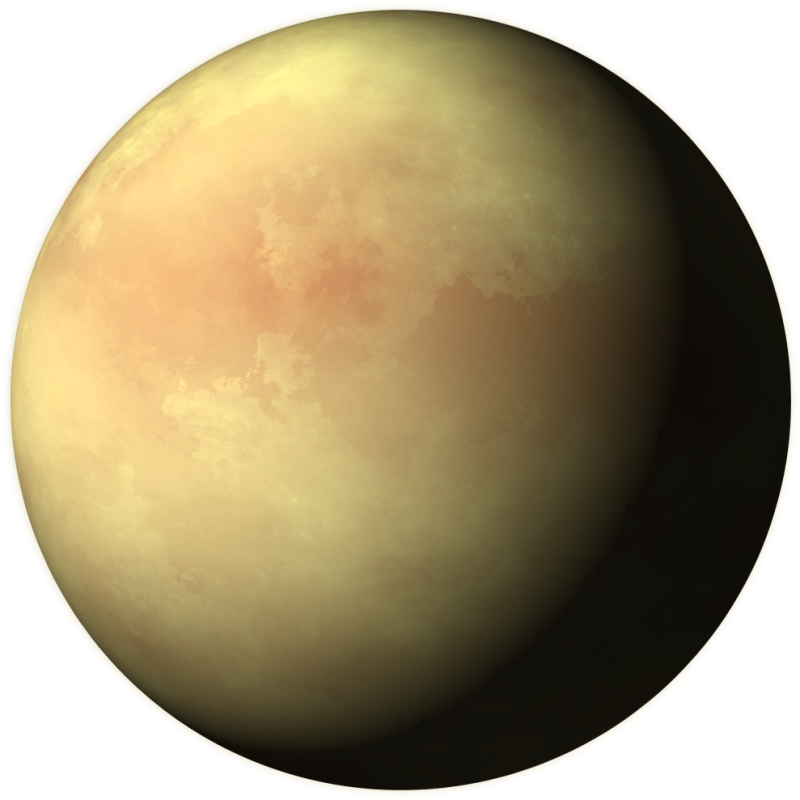Though frequently found in the ecosphere of a star
system, Class N1 planets are not conducive to life.
The terrain is barren and blazing hot, with a surface
pressure more than 90 times that of a Class M:
Terrestrial world. The atmosphere is extremely
dense, and composed of carbon dioxide. Water
exists only in the form of thick, vaporous clouds
that shroud the entirety of these worlds.
See below for details on Class N2 planets.
system, Class N1 planets are not conducive to life.
The terrain is barren and blazing hot, with a surface
pressure more than 90 times that of a Class M:
Terrestrial world. The atmosphere is extremely
dense, and composed of carbon dioxide. Water
exists only in the form of thick, vaporous clouds
that shroud the entirety of these worlds.
See below for details on Class N2 planets.
AGE DIAMETER LOCATION ATMOSPHERE SURFACE COMPOSITION SURFACE TEMP HABITABILITY |
CLASS N1: HOT REDUCING
3-10 billion years old
10,000 - 15,000 kilometers
ecosphere
very dense; carbon dioxide, sulfides
rocky and barren
iron
462°C
uninhabitable
3-10 billion years old
10,000 - 15,000 kilometers
ecosphere
very dense; carbon dioxide, sulfides
rocky and barren
iron
462°C
uninhabitable




While Class N1 planets are among the hottest
planets known to exist, at the opposite end of the
temperature spectrum is the frigid Class N2. Though
similar in appearance to N1 thanks in part to the
dense atmosphere and characteristic veil of thick
clouds, this secondary class is structurally very
different. Temperatures are so cold that liquid
methane can pool into lakes, and vast mountain
ranges are made of rock-hard ice.
planets known to exist, at the opposite end of the
temperature spectrum is the frigid Class N2. Though
similar in appearance to N1 thanks in part to the
dense atmosphere and characteristic veil of thick
clouds, this secondary class is structurally very
different. Temperatures are so cold that liquid
methane can pool into lakes, and vast mountain
ranges are made of rock-hard ice.
AGE DIAMETER LOCATION ATMOSPHERE SURFACE COMPOSITION SURFACE TEMP HABITABILITY |
CLASS N2: COLD REDUCING
3-10 billion years old
3,000 - 10,000 kilometers
cold zone
very dense; nitrogen, methane
liquid methane lakes, icy mountains
ice, nitrogen
-179°C
uninhabitable
3-10 billion years old
3,000 - 10,000 kilometers
cold zone
very dense; nitrogen, methane
liquid methane lakes, icy mountains
ice, nitrogen
-179°C
uninhabitable
